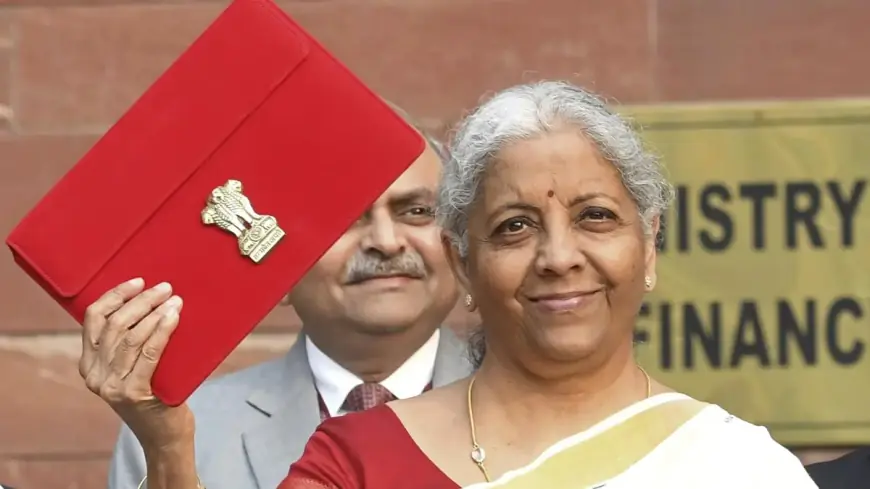Union Budget 2025: Key Highlights You Need to Know
Budget 2025: Tax rebate up to ₹12L, 30% tax above ₹24L. Fiscal deficit target at 4.4% for FY26, ensuring growth with stability.

Union Budget 2025: Key Highlights You Need to Know
The Union Budget 2025, presented by Finance Minister Nirmala Sitharaman, outlines transformative reforms aimed at boosting India’s economic growth. A key highlight is the significant income tax relief, with the rebate threshold raised from ₹7 lakh to ₹12 lakh, benefiting the middle class. The highest tax rate of 30% now applies only to incomes above ₹24 lakh. Despite these tax cuts, fiscal discipline is maintained with a targeted fiscal deficit of 4.4% for FY26.
The budget emphasizes employment generation through sector-specific support for MSMEs, textiles, and leather industries, fostering job creation. Major investments in education include establishing 50,000 Atal Tinkering Labs, expanding broadband in rural schools, and introducing AI Centers of Excellence.
Infrastructure development receives a boost with ₹1 lakh crore allocated for urban transformation, while clean energy initiatives like the Nuclear Energy Mission aim for 100 GW capacity by 2047. Financial reforms include increasing FDI limits in insurance to 100% and promoting MSME growth through enhanced credit access.
This budget reflects a balanced approach, focusing on inclusive growth, sustainability, and economic resilience.
1. Income Tax Reforms and Fiscal Discipline
Union Budget 2025 introduces substantial income tax relief, raising the rebate threshold from Rs 7 lakh to Rs 12 lakh annually. The 30% tax rate now applies only to incomes over Rs 24 lakh. Despite foregone revenue, fiscal discipline is maintained with the deficit targeted at 4.4% of GDP for 2025-26.
2. Employment Generation and Sectoral Focus
Addressing job creation, the budget prioritizes employment through sector-specific initiatives, particularly in textiles, leather, and MSMEs. These labor-intensive industries receive targeted support, fostering sustainable job opportunities, boosting rural economies, and driving inclusive economic development across India.
3. Education, Healthcare, and Skill Development
The budget enhances education and healthcare with initiatives like Atal Tinkering Labs, expanded broadband for rural schools, and 10,000 new medical seats. National Centres of Excellence and AI-focused educational reforms aim to prepare the workforce for future technological advancements.
4. Infrastructure, Green Energy, and Connectivity
With Rs 1 lakh crore allocated for urban redevelopment, the budget emphasizes Public-Private Partnerships. Green energy initiatives, including the Nuclear Energy Mission targeting 100 GW capacity by 2047, and expanded UDAN routes for regional connectivity, reflect sustainable growth priorities.
5. Financial Reforms, MSMEs, and Agricultural Boost
Financial sector reforms include raising FDI limits in insurance to 100% and introducing an Investment Friendliness Index. MSMEs benefit from credit enhancements, while agricultural reforms focus on crop diversification and expanding Kisan Credit Cards to support 7.7 crore farmers.
To read the full article, click the link: Union Budget 2025












